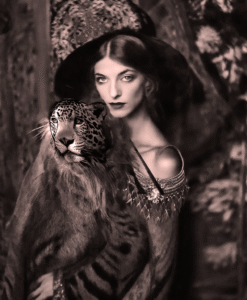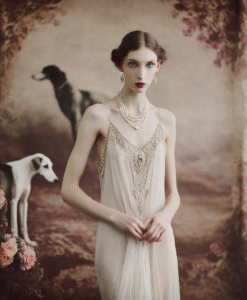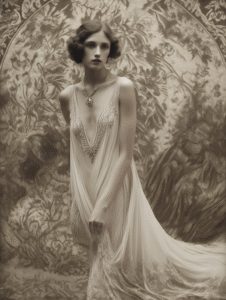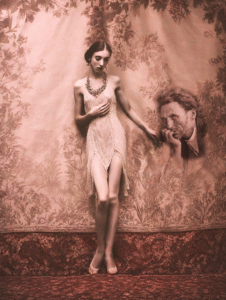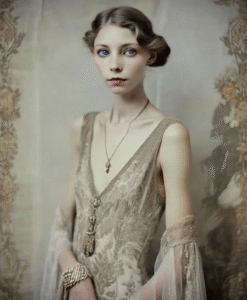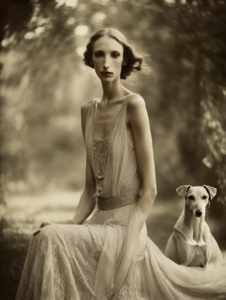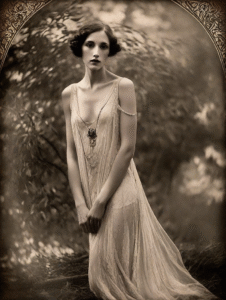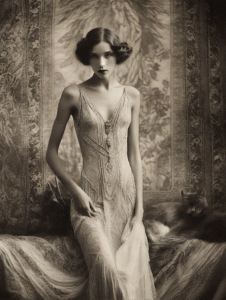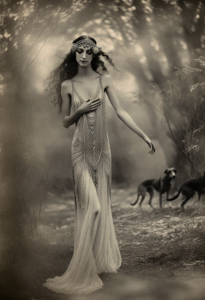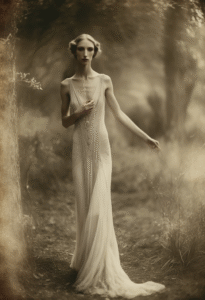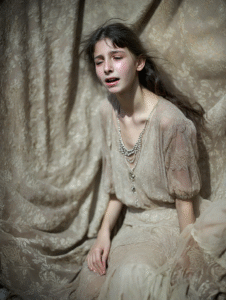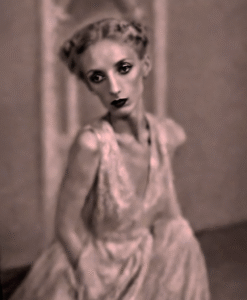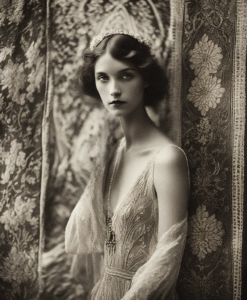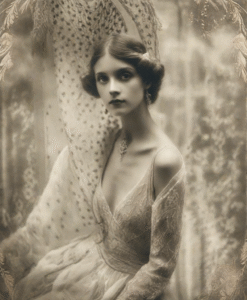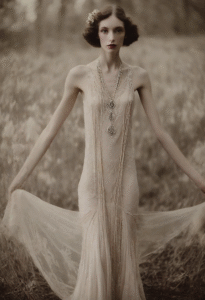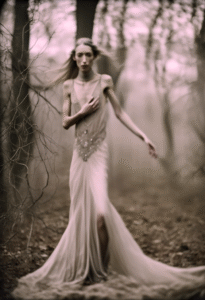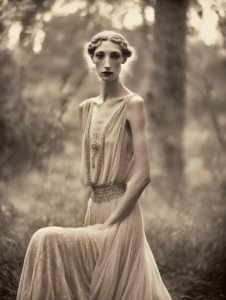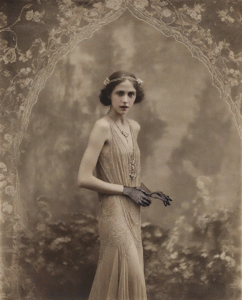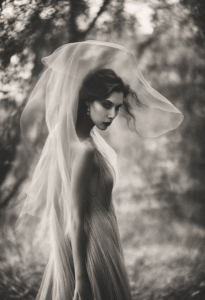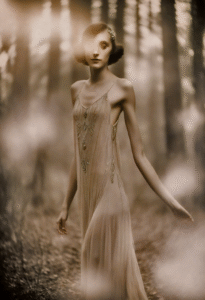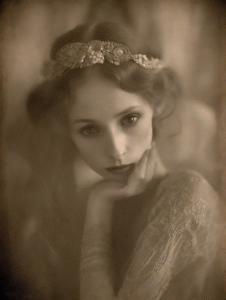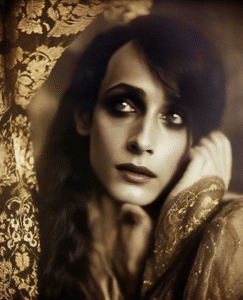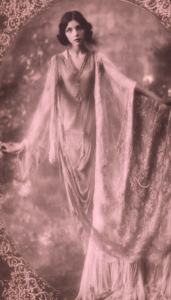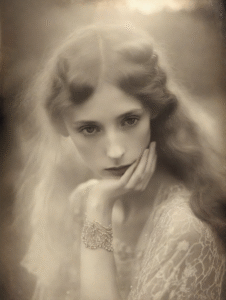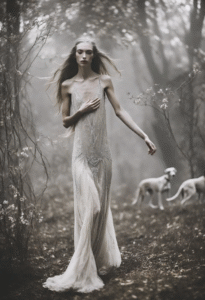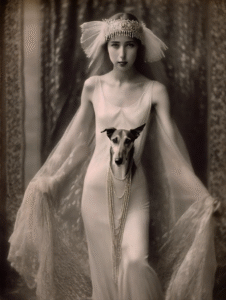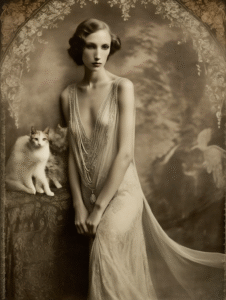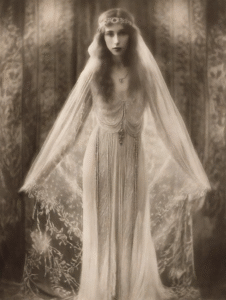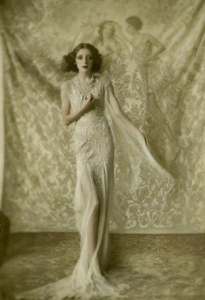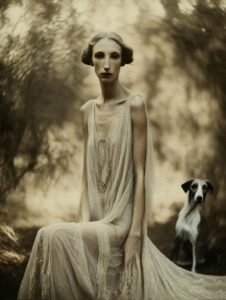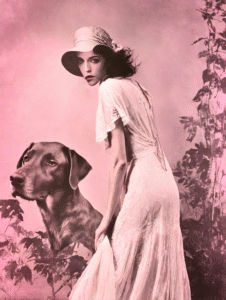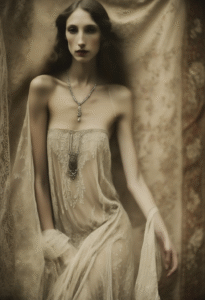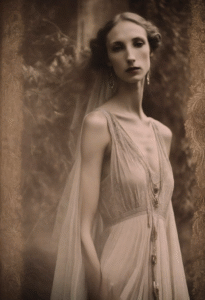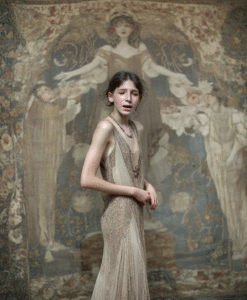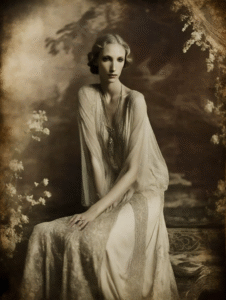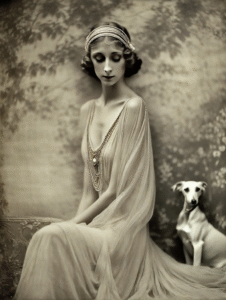At first glance, these portraits of apparently passive vintage women conform to the conventions of 19th-century femininity: composed, still, framed as if ornamental. Their gazes do not seduce like pin-ups, nor do they promise the docile sweetness of the bourgeois salon. They are, on the surface, the embodiment of restraint. Yet the stillness is misleading — behind these carefully staged appearances lies a charged history of female insurrection.
The 19th century was an age of paradox for women: forced into silence within patriarchal visual culture, but simultaneously bursting through boundaries in literature, science, politics, and exploration. These women’s brains were not passive containers of domestic virtue, but laboratories of revolution. While society asked them to embody submission, many became suffragettes, surgeons, and pioneers. Their portraits hide dynamite.
Consider Ada Lovelace, the daughter of Byron, whose mathematical vision anticipated the computer age. In photographs, she appears demure, coiffed, almost fragile. Yet her mind detonated the foundations of modern technology. Or Mary Anning, a working-class fossil collector who, in her bonnet and long skirts, transformed paleontology itself. Portraits of her render her as a curiosity, but her discoveries fractured Biblical creation narratives and shook science. Emily Dickinson, photographed as a timid recluse in Amherst, detonated poetry from within — her compressed verses challenging both language and metaphysics.
George Sand slipped into male clothing to claim visibility and autonomy in France, writing masterpieces that scandalized the establishment. Across the Atlantic, Sojourner Truth, once enslaved, posed with dignity for her own carte de visite, inscribing on them “I sell the shadow to support the substance” — a radical act of self-representation and agency.
These “vintage creatures” embody contradiction: they occupy the role of portrait sitters — mute, seemingly acquiescent — but in truth they reprogrammed cultural codes from within. Their images become masks that tremble with the pressure of hidden fire.
The series Manifesto for Passive Appearances seeks to expose that tension. The calm surfaces of these portraits are fissured by the unseen: the intelligence of rebellion, the audacity of inquiry, the radical possibility that women could think, write, and transform. The works ask us to re-read history against appearances, to discover that the seemingly submissive figure was often the detonator of modernity.

